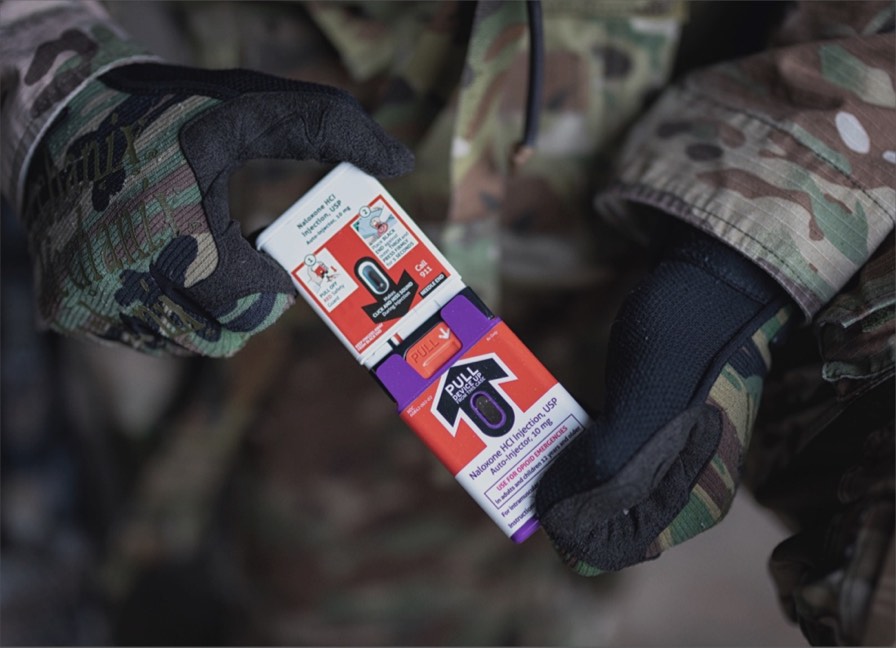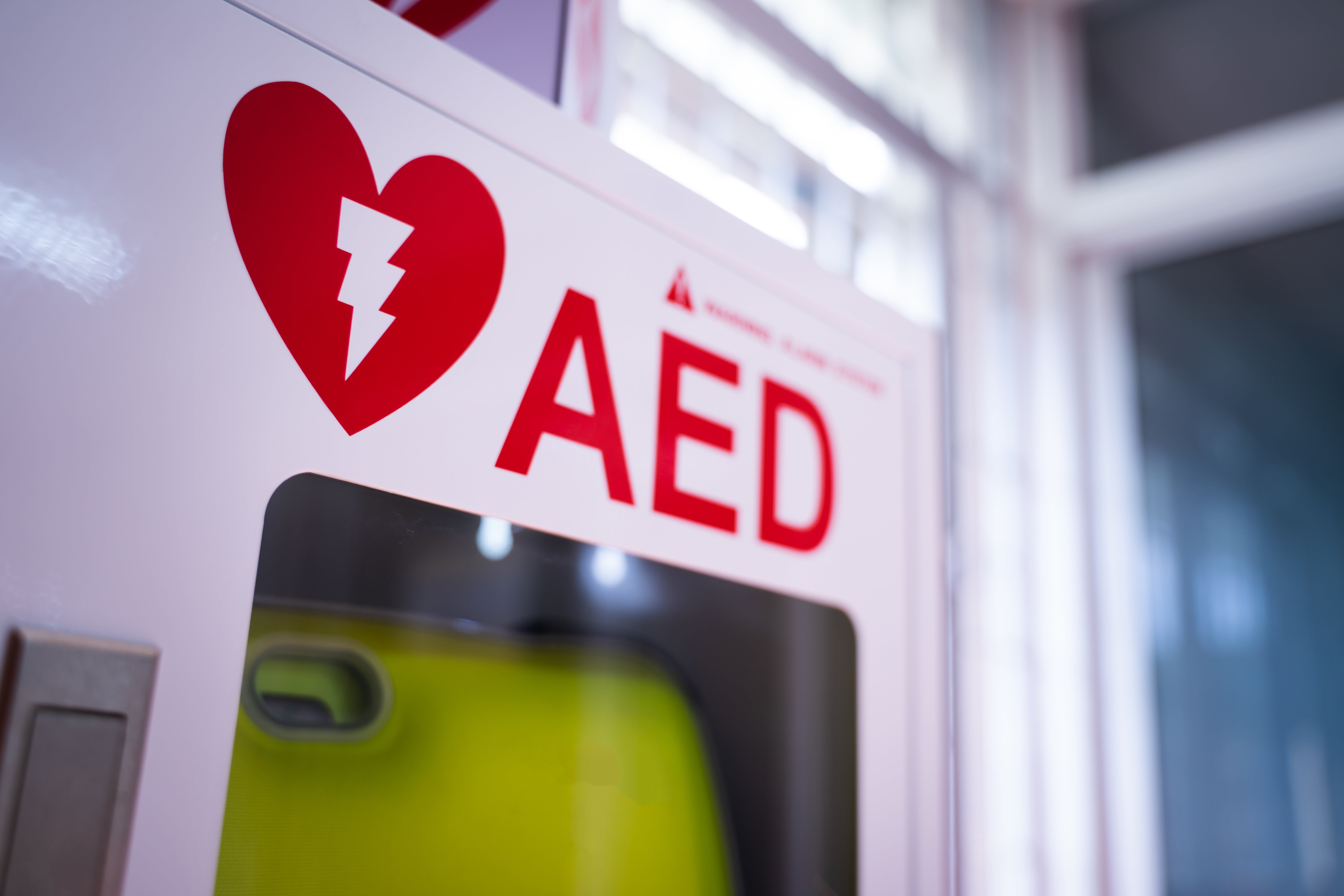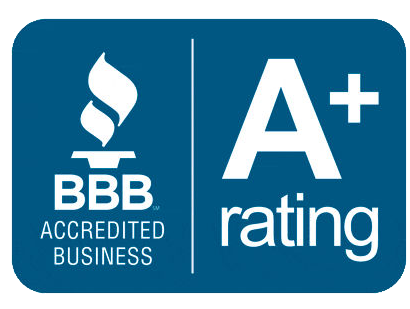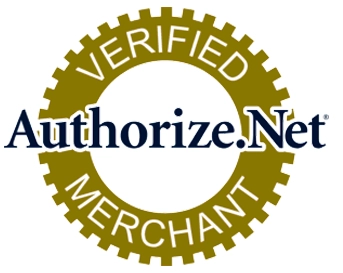Why First Responders Trust the ROCS Naloxone Auto Injector in Opioid Emergencies
The Hidden Risk of Fentanyl Exposure on Scene
Why the ROCS System Matters for Fentanyl Exposure Preparedness
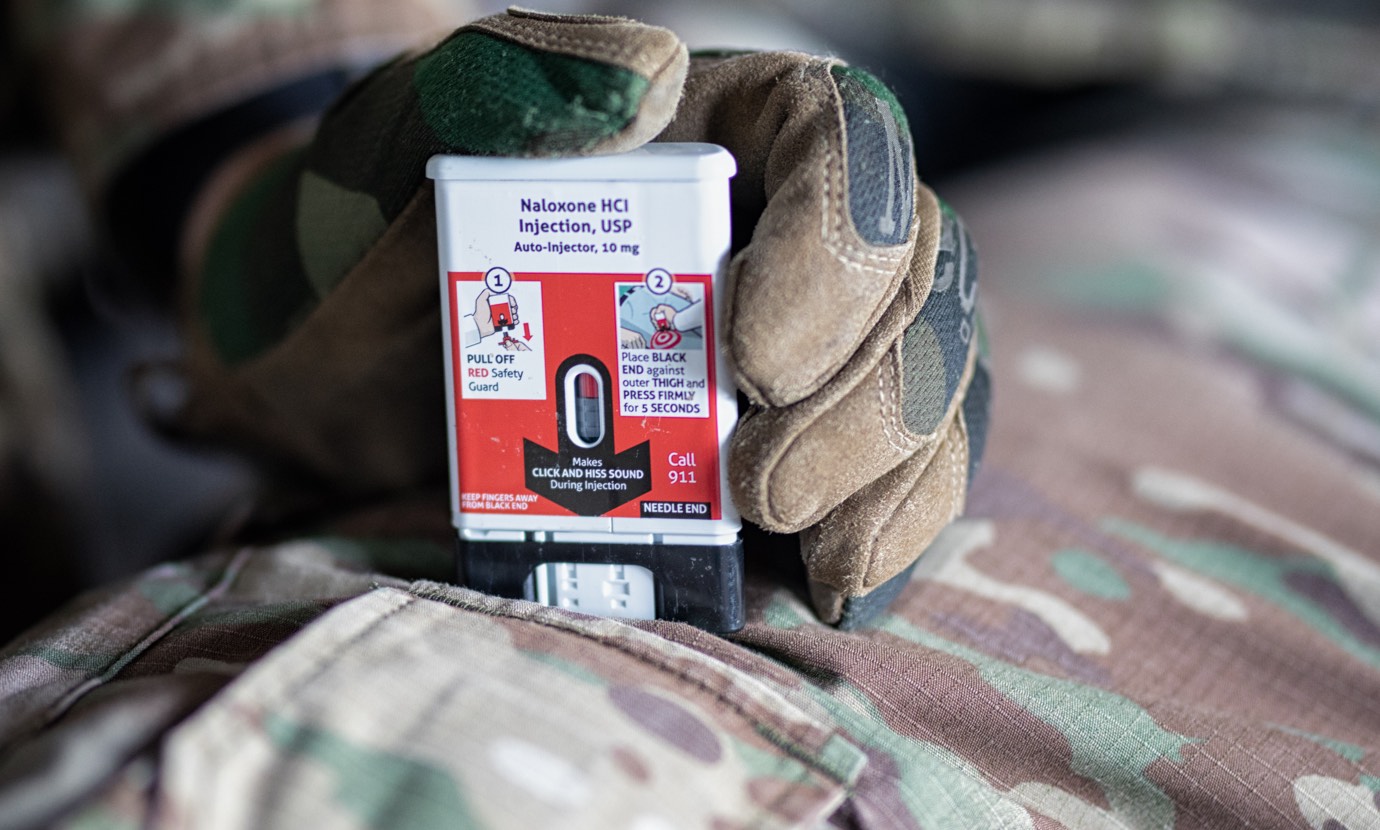
Responding When One of Your Own Is at Risk
Real-World Examples of Preparedness in Action
Best Practices for First Responders Carrying Naloxone for Exposure
